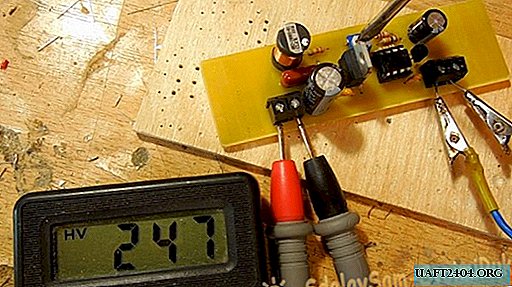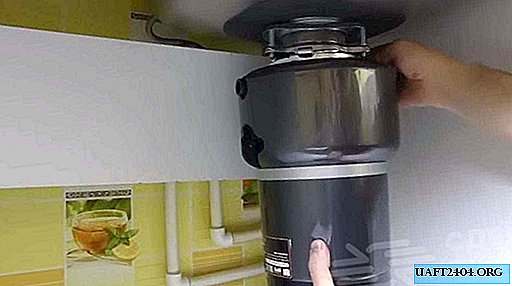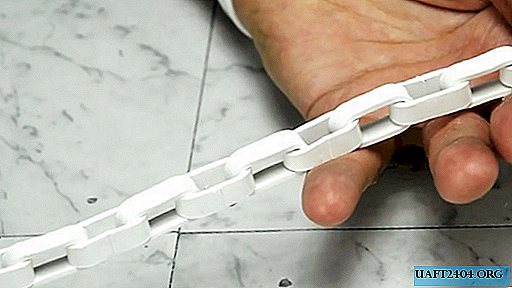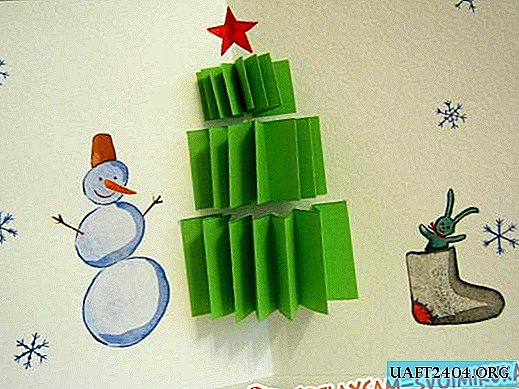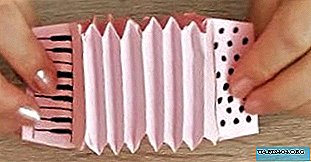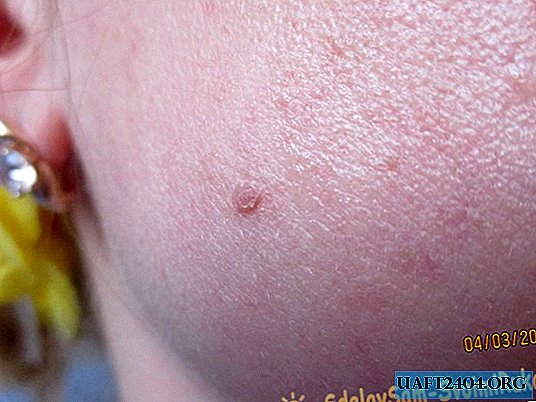Share
Pin
Tweet
Send
Share
Send
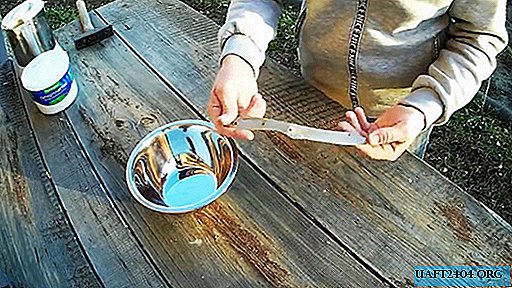
Will need
We use a method that does not require special skills and knowledge from us, and it takes literally several minutes to implement it. For work, we will need, first of all, polymorphus - self-hardening thermoplastic, which when heated (65 degrees Celsius is enough) becomes plastic, and when cooled it hardens, acquiring all the properties of plastic: hardness, elasticity and at the same time very great strength. Read more about this miracle material here - //sdelaysam-svoimirukami.ru/5097-termoplastik-samozatverdevajuschij-material-dlja-remonta-i-tvorchestva.html
You can buy super plastic at Ali Express at a very attractive price - //ali.pub/3j4l0o
In addition, we need:
- the metal part of the knife (blade and shank);
- sandpaper and napkins;
- two containers for hot and cold water;
- a source for heating water, for example, an electric kettle;
- hammer.
Knife handle forming procedure
We tidy up the metal part of the knife: we remove the remains of the old handle, we clean the oxidized places with emery paper and wipe with paper or cloth napkins. It also does not hurt to degrease the shank with alcohol or other rapidly evaporating means.
We fill the superplastic in a container (but not in a plastic one - it sticks to it) and fill it with hot water heated to a temperature of at least 65 degrees Celsius.


Lightly stir (deform) the mass, you can use the tip of the shank until the entire volume of the plastic becomes transparent.

Carefully remove the softened plastic from the water and immediately begin to form a handle on the shank of the knife.


She can be given any desired shape, for example, anatomically corresponding to the hand of a clenched hand. To do this, just grab the softened plastic applied over the entire length of the shank with your fingers and hold them in a compressed position for a while.

It is also necessary to form a guard and a back (end) - respectively, the front stop and the rear of the handle. They are needed for safety and ease of use with a cutting tool.
In order for the polymorphus handle formed on the shank of the knife to cool faster, it can be lowered into a container with cold water.


This plastic, cooling down, gives insignificant shrinkage, so the new handle on the shank of the knife will “sit” very reliably without additional devices.


Strength Test
The fact that the handle has completely cooled down and gained maximum strength is signaled by color - it loses its transparency and turns white. After that, the handle can be subjected to various tests to check the strength.
We hit the handle on a hard surface and even hit it with a heavy hammer - the result is zero: the shape does not change, there are no dents, there are not even scratches and, especially, cracks.
Now this knife is ready for any method of application and even throwing at a target from a decent distance.

Prospects and Benefits
A polymorphus handle will protect your hands from burns, even if you pour over the knife with boiling water. This material is absolutely environmentally friendly and poses no danger to human health.
The arms can be added to any color, if coloring powder pigments are added to the plastic in the molten state. Also, if you did not like its shape, then after heating, adjustment is possible, and many times, and the handle will not suffer from it at all.
And the last thing is very important! This superplastic can not be heated above 200 degrees Celsius.
Share
Pin
Tweet
Send
Share
Send

